Space
Sign up for our newsletter
We summarize the week's scientific breakthroughs every Thursday.
-
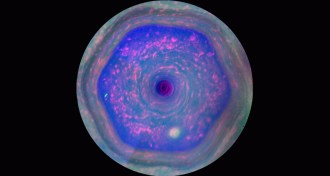 Astronomy
AstronomySaturn’s six-sided cloud pattern gets a close look
New images show particles in the planet’s hexagonally shaped jet stream.
-
 Astronomy
AstronomySun’s rotation driven by enormous plasma flows
Long-lasting plasma flows 15 times the diameter of Earth transport heat from the sun’s depths to its surface, helping explain solar rotation.
-
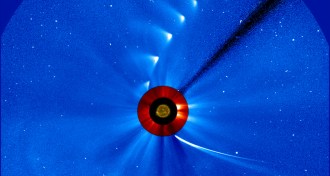 Astronomy
AstronomyISON appears to have broken up after brush with sun
Comet ISON has disintegrated in the sun’s intense heat and gravity, according to a growing consensus among astronomers.
-
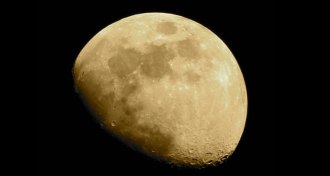 Planetary Science
Planetary ScienceMoon wears dusty cloak
Old data from Apollo missions stir up debate about speed of lunar dust accumulation.
By Meghan Rosen -
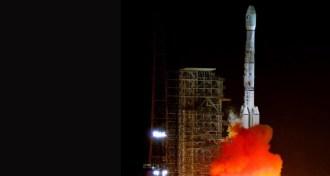 Planetary Science
Planetary ScienceChina’s first moon-landing mission blasts off
If successful, the Chang’e 3 lunar lander and Yutu rover will be the first spacecraft to land on the moon in 37 years.
-
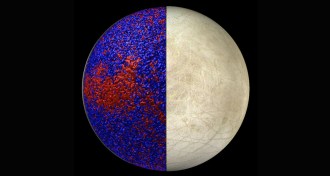 Planetary Science
Planetary ScienceTurbulent ocean could explain Europa’s chaotic ice
New computer simulations show turbulent global ocean currents that distribute heat unevenly and could explain the formation of the chaotic ice patterns at the moon’s lower latitudes.
-
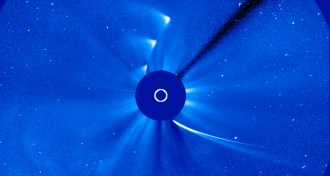 Astronomy
AstronomyISON seems to have survived close call with sun
Comet ISON seems to have emerged from its brush with the sun diminished but intact, according to the latest reports.
-
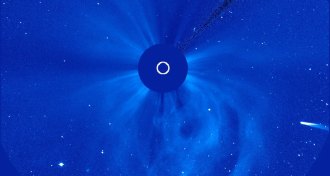 Astronomy
AstronomyComet ISON approaches sun for Thanksgiving flyby
On Thanksgiving, Comet ISON will pass near the sun and may disintegrate.
-
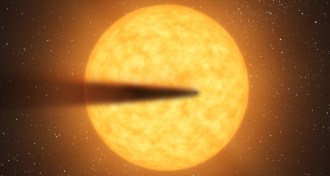 Astronomy
AstronomyDust cloud, tail could explain exoplanet’s odd light pattern
KIC 12557548 b may be ejecting dust from its surface, creating a cometlike tail behind it and an opaque envelope of material around it.
-
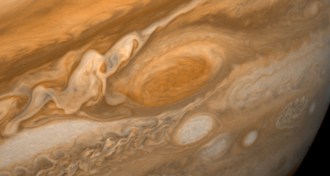 Planetary Science
Planetary ScienceJupiter’s Great Red Spot explained
A computer simulation is the first to explain how Jupiter’s Great Red Spot has survived for the nearly 200 years humans have observed it.
-
 Space
SpaceMaking the most of zero gravity
Astronaut and author Chris Hadfield discusses life in, and after, space.
By Andrew Grant -
 Astronomy
AstronomyBright gamma-ray burst tests idea of event’s origins
High-energy light particles suggest that physicists need to revise their theories explaining the origin of these cosmic blasts.